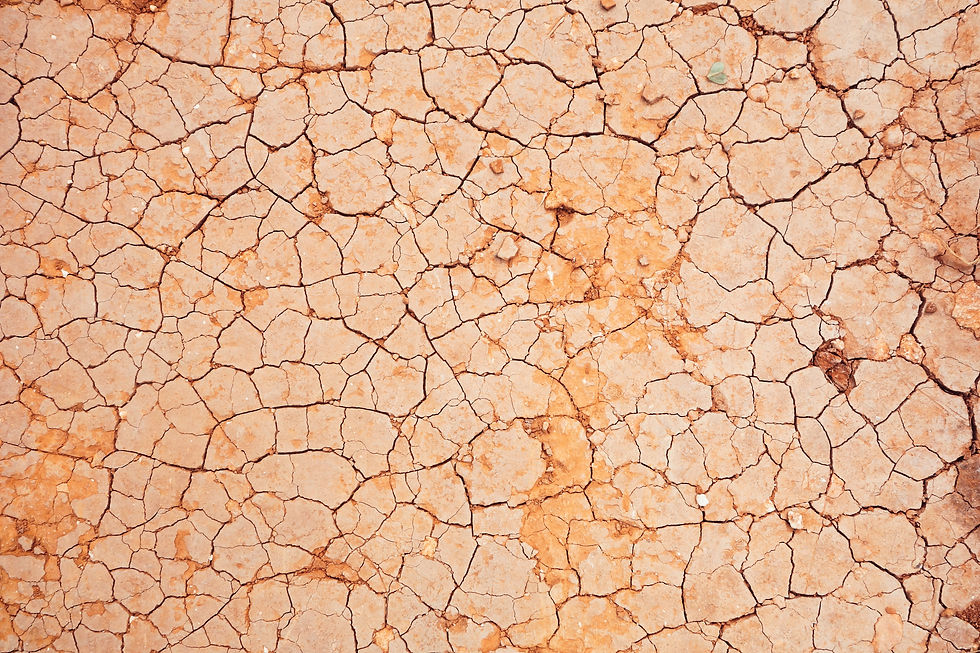Researchers make honeycomb-shaped bubbles
- brittneyborowiec
- Jul 21, 2021
- 2 min read
By: Qining Wang, Northwestern University

We’ve all played with bubbles as kids: As we blow on a thin film of soapy water, a little string of joy bursts out from the other end reflecting a rainbow of colors.
The formation of bubbles fascinates Dr. Yanlin Song’s research team at the University of the Chinese Academy of Science in Beijing, China. Since 2017, the team has developed strategies to manipulate bubbles and make beautiful patterns with them. They have improved the strategies over the years to pattern soap molecules of different compositions and properties.
Recently, Fanyi Min, a physics graduate student in Dr. Song’s team, extended the method that the team previously developed to create honeycomb-shaped soap bubble films.
Soap films are a thin layer of water molecules sandwiched between two layers of soap molecules. Soap molecules react to water depends on what part of the molecule you’re looking at. Some parts attract water, and these make up the inside of the sandwich that holds the water in the middle. Other parts repel water, and these make up the outside of the sandwich.
To make the bubble films into honeycomb shapes, Min implemented a molecular assembly approach, where molecules voluntarily link together through chemical bonds. Therefore, instead of blowing air into a thin film of soapy water that only creates spherical bubbles, Min let individual soap molecules come together and make their own “water sandwiches.” This method allows Min to better control the final shape of the bubbles.
Depending on what was around the soap molecules at the time, the researchers could change their final shape. To grow hexagonal bubbles, for instance, Min first created a two-layer silicon pillar with tiny hexagon-shaped holes. Min then sandwiched the soap solution and gas between the two layers of the pillar. Over time, the tiny bubbles of gas spread out and combined into larger bubbles shaped like honeycombs.
An interesting point Min discovered was that the quality of the hexagonal bubbles depends on what kind of soap molecules they are made from. Just like the same poles of two magnets repel each other, soap films with the same charges want to stay away from one another. Min found this repellence to be crucial to keep each individual bubble intact.
Bubble honeycombs are pretty to look at, but they have some real-world applications too, like in the field of flexible electronics. Currently, we can only produce rigid smartphones and laptops because we still heavily rely on non-flexible materials like silicon and sapphire to make the screens and microchips. In the meantime, flexible electronics made from softer materials like organic polymers are increasingly desirable, especially in the biomedical field, to make bendable and wearable devices.
However, the flexibility of the soft materials can be a double-edged sword for electronic fabrications. While we can shape the materials in any way we want, it is rather challenging to make soft materials into uniform size and shape for microchip productions. With the technology Fanyi Min and colleagues developed, we can incorporate conductive soap molecules to make microchips into any sizes and shapes.
Perhaps one day, we will be bending the smartphones in our hands back and forth and think to ourselves: “There are bubble chips inside them!”
Edited by B.G. Borowiec and A.E. McDonald. Header photo from Unsplash.



Comments